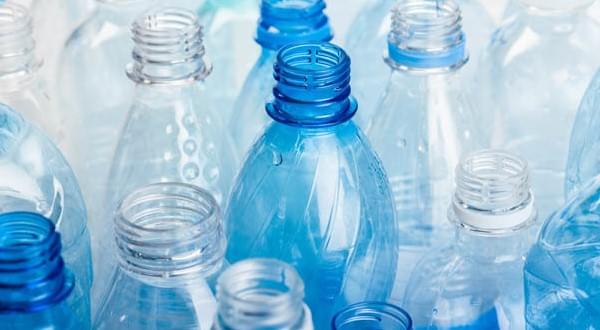LEATHERHEAD, Surrey, UK and AKRON, Ohio, USA – October, 05 2020 – Despite multiple policies to restrict their use, global consumption of rigid and flexible single-use packaging will continue to grow to reach 48.5 million tonnes in 2025; even as Covid-19 reshapes the global economy.
Exclusive new research available now in
The Future of Single-use Plastic Packaging to 2025, from Smithers, tracks how this will rise from a projected 40.4 million tonnes in 2020. This is equivalent to a compound annual growth rate (CAGR) of 3.7% for 2020-2025, and is a drop from the 4.0% CAGR seen for 2015-2020.
With 2025 a key date for many sustainability targets – including the EU’s Single-use plastics Directive – this report shows that progress is being made, but the scale of the problem requires additional focus and new technologies to achieve these goals.
Efficient mechanical recycling programmes are advancing in some markets targeting specific single-use types – polyethylene terephthalate (PET) drink bottles, high-density polyethylene (HDPE) dairy containers, and some PET and polypropylene (PP) food containers – which are excluded from the Smithers data.
Instead the industry is now focussing increasingly on recovering and processing flexible polymer formats, which represent 69% of single-use plastic packs. In parallel it will need to react to changing consumer perceptions of packaging due to the ongoing Covid-19 pandemic, and reappraise the market proposition of recycled feedstocks as oil prices experience a short-term fall.
Smithers’ five-year forecast identifies the following key technology challenges for 2020-2025:
- Improving the recyclability of multi-layered, flexible plastic packaging
- Lightweighting and redesigning rigid plastics to boost recycling
- Leveraging advances in chemical recycling to address multi-layer flexibles, and mixed polymer waste streams
- Implementing effective recycling technology for polystyrene (PS), polyvinyl chloride (PvC) and other difficult to recycle plastics; or substituting to alternative materials where feasible
- Developing new pigment or tracking platforms to enable black PET packaging to be sorted effectively in material recovery facilities (MRFs)
- Implementing a recycling infrastructure for new consumers in less developed areas of the world, including the rising urban populations of Asia and Africa.
The impact will not be uniform across all sectors. The Smithers analysis shows that in 2020, 64% of single-use plastics will be used in food packaging, 13% in personal care, and just over 8% in pharmaceutical and medical applications.
Brand owners in these industries will have specific challenges, but Smithers finds that making the transition for plastic packaging into a circular economy model will require cooperation between all stakeholders. This includes legislators, plastic and packaging companies, consumers, industry associations, NGOs, and the waste management industry.
The status of single-use plastic packaging across the next five years is examined in depth in
The Future of Single-use Plastic Packaging to 2025. This includes detailed expert market and technology forecasting; and an exclusive data set segmenting the market by polymer type, packaging format, end-use application, and geographic and major national markets.
Find out more here.
